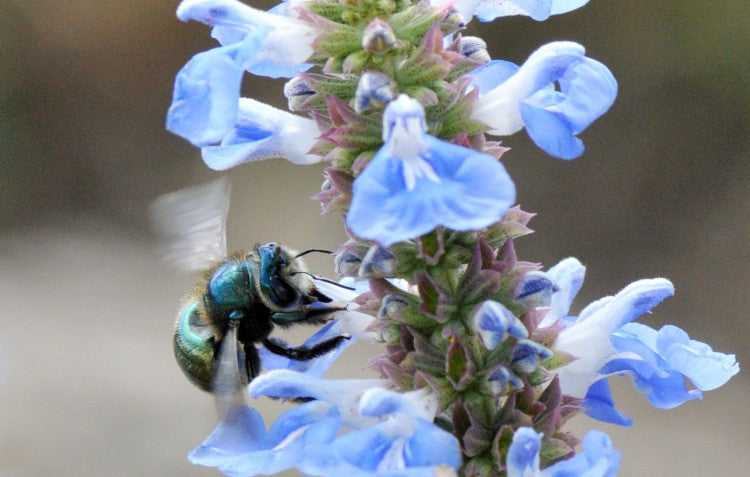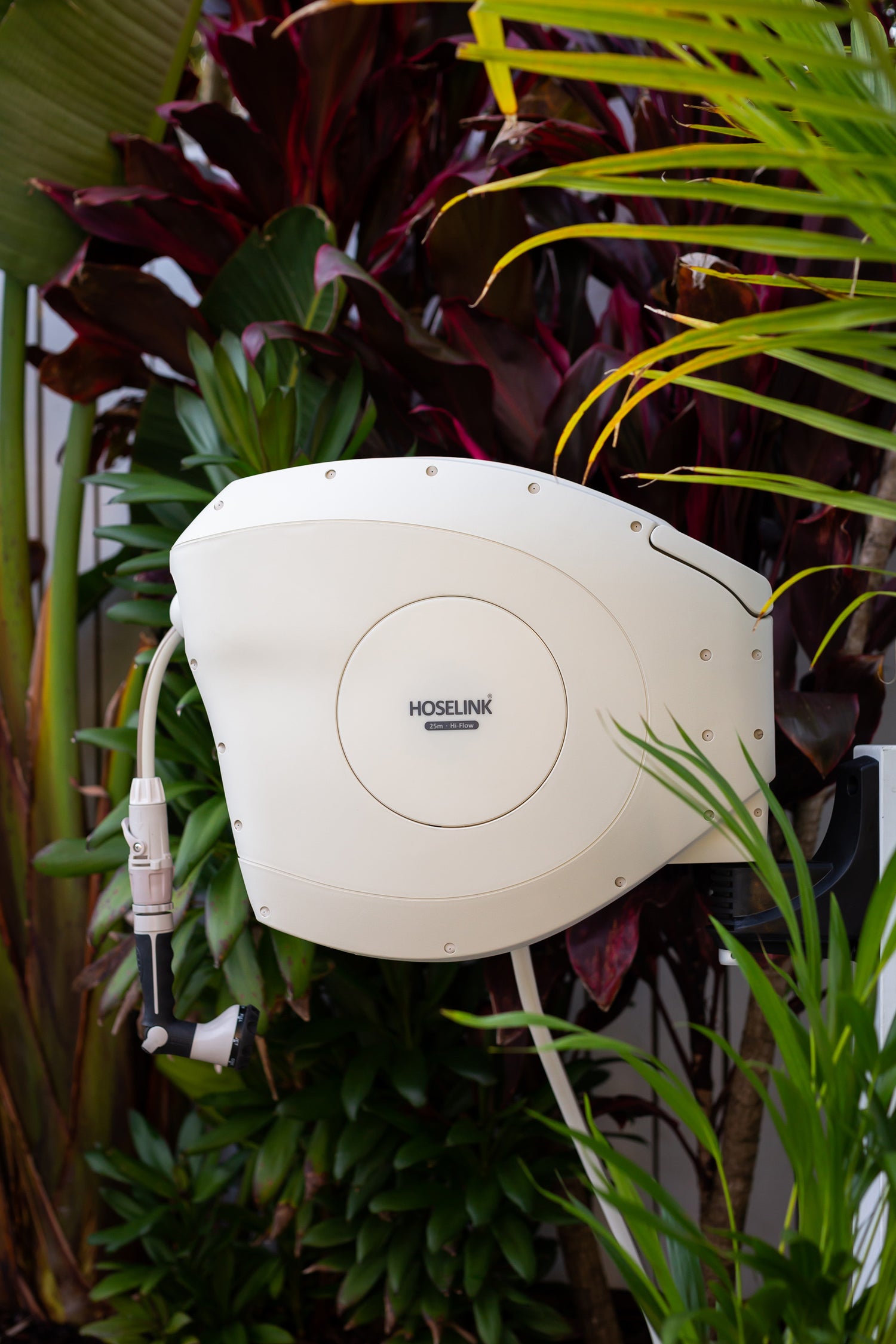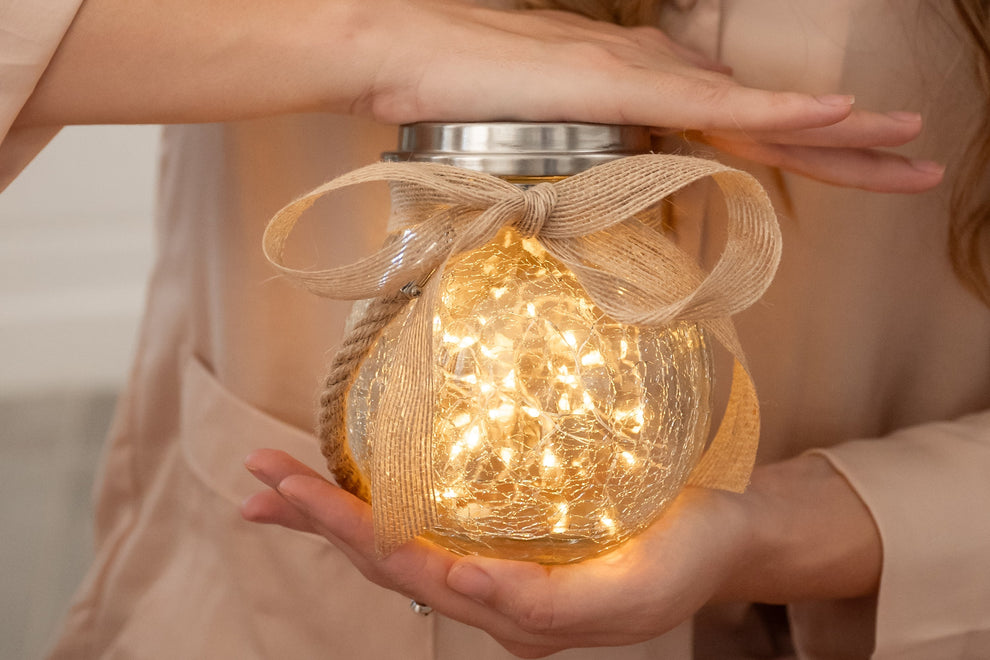Image Credit: Bees Business
Lets Talk Bees
When we talk about bees, most people envisage the European honey bee (Apis mellifera). But the honey bee is just one species within a list of over 20,000 bee species worldwide. Australia is home to about 2,500 species of native bee and they range from tiny, 2mm wasplike creatures to loud, hairy, 26mm long bees. But no matter how big, or what colour, bees play an integral role in our ecosystems as pollinators.
Where to find bees
To help us find bees in our garden, we need to understand how they live. Bees can be categorised by their nesting behaviour. Some are social and, like the honey bee, they live in communities consisting of a single queen, thousands of female workers and a few hundred males (at certain time of the year). Most bees, however, are solitary; mating, reproducing and completing their lifecycle alone.
Our sociable, Aussie bees
There are two genera and 11 species of Australian social bee and they are stingless! Austroplebeia species mostly occur in arid areas, where as the Tetragonula species reside in areas with more reliable rainfall. Generally, stingless bees only occur in the northern half of the country, but Tetragonula carbonaria populations reach down the east coast, as far south as Bega, NSW. Austroplebeia bee on a wattle flower.

Tetragonula species. Image credit Geoff Dutton
The little loners
Solitary bees collect only enough pollen and nectar to feed one offspring at a time. So, they don’t store large food resources and they don’t make honey. Some females nest in small pre-existing cavities such as abandoned wood-borer holes, hollow or pithy plant stems or in rotting wood and rock crevices. They will also nest in manmade structure like bee hotels. Megachile deanii nesting in a pre-existing cavity. Image credit Marc Newman Seventy percent of bee species dig burrows in the ground. This may simply consist of a short burrow with a single brood cell at the end, or it may be an elaborate labyrinth with dozens of brood cells at the ends of multiple corridors. Lasioglossum species entering ground nest. Image credit Bob Trlin Most species overwinter in a dormant or non-active state and become active again as the warmth of spring approaches and flowering plants wake up. Do native bees sting? Stingless bees, as the name implies, are unable to sting. Females solitary bees are capable of stinging, but because they don’t live in a community, with large food stores and a brood chamber, they are not aggressive. Not even near their nests. They will sting if they are put in danger, so don’t attempt to pick them up and don’t go barefooted around ground nests.
What type of bee do I have in my garden?
While stingless bees are restricted to the northern parts of the country, solitary bees can be found in ALL parts of Australia. We have five families of native bee with a diverse mix of species spread through over 60 genera. The following groups are just a few of the amazing bees you may find in your garden.
Carpenter bees – Xylocopa species
So called, because they chew burrows in soft wood to make their nests. The subgenus Xylocopa (Lestis) contains two species which are difficult to tell apart and are distributed mostly in the eastern half of Australia. They are between 13 and 22mm in length and are an intense metallic blue/green colour. It is a sight to behold, if you are lucky enough to see them glittering in the sun, while flitting from flower to flower. The males are more of a green/yellow and have white/yellow makings on their face.
The other subgenus, Xylocopa (Koptortosoma) contains six species and are known as the Great Carpenter bee, which is appropriate for a bee that can measure up to 26mm in length. These bees are distributed across the tropical northern regions of Australia, reaching as far south as Sydney. The female is a large, black bee with thick yellow hairs covering the thorax. The males are covered with thick dull, greenish hairs. Xylocopa (Koptortosoma) species, Great carpenter bee.
“Blue-banded” bees – Amegilla (Notomegilla) and Amegilla (Zonamegilla) species
The Blue-banded bee can be found throughout Australia, except Tasmania. This iconic bee has striking, iridescent blue bands on its abdomen, however, most of the species within these two subgenera don’t have blue bands at all. Their bands vary from white to brown, green to blue, but no matter the colour of their bands, these bees are a favourite among the Aussie bee enthusiasts. Amegilla asserta, Blue banded bee, foraging on a clover flower.

Image credit Bees Business
Teddy bear bees
Amegilla (Asaropoda) bombiformis And this fluffy, fat, noisy bee looks just like a tiny, winged teddy bear. The Teddy bear bees measure about 17mm in length and can be found in the eastern regions of the country. They are covered in thick hair that ranges in colour from pale gold to bright orange. The male and female are quite difficult to tell apart when they are on the wing. Amegilla bombiformis, Teddy bear bee.
Reed bees
Exoneura species These endemic bees are mainly found in the southern half of Australia. They are commonly called reed bees because they will nest in hollow stems, such as reeds. They will also nest in stems with pithy centres, by excavating the soft pulp to create a long hollow chamber. Reed bees are generalist foragers and can be found on many native and exotic flowers. They are black with a red/brown abdomen. They use their wedge-shaped abdomen to close the nest entrance against intruders such as spiders and ants. Exoneura species, reed bee, foraging on cherry flowers.

Image credit: Bees Business
Leaf cutter and resin bees
Megachile species There are about 150 species, in 12 subgenera, distributed throughout Australia. They have large jaws to cut and chew leaves and resin from plants. These materials are used to create and seal brood cells for their offspring. They range from 8 to 16mm in length and the females have thick bristly hairs under their abdomen, to carry pollen back to the nest. These hairs are called scopa. Leaf cutter bee, Megachile macularis carrying a leaf segment back to her nest.

Image Credit: Bees Business
What’s in a name?
Most of our native bees don’t have common names and are only know by their genus name. Homalictus species There are 46 species of Homalictus distributed throughout Australia. This tiny bee measures between 4 and 7mm in length and is often overlooked in the garden. They carry dry pollen grains in their long, plumose abdominal scopal hairs. Homalictus punctatus foraging on Bok choy flowers. Image credit Bees Business
Lasioglossum species The 257 species within this genus are often difficult to tell apart. They measure between 3 and 12mm in length and can be found foraging on a range of flowers, including back yard fruit tree blossoms. They are mostly an unassuming looking bee and are often mistaken for flies on flowers.

Lasioglossum species on a Jonquil. Image credit Bees Business
Cuckoo bees
About 1% of Australian bees are cleptoparasitic. This means they lay their eggs in the nests of other bees. The cuckoo bee larva hatches and eats not only the food of the host, but it may kill and eat the host larva as well. The bees within the genus Thyreus, whose host bees are in the Amegilla genus, are black with iridescent blue markings of varying design. Some of our most beautiful Aussie bees are cuckoo bees, making them exquisite villains.

Thyreus nitidulus, Neon cuckoo bee. Image credit Laurence Sanders
How do I encourage native bees into my garden?
These are just a few of the native bees that may visit your gardens. The best way to help protect bees is to plant lots and lots of flowering plants. Native bee species start to become active in late winter and different species emerge from their nests at different times of the year, until late Autumn. Plant a variety of plants, including native species, which flower throughout the year, to provide food for our busy Aussie bees.










